
Google’s annual developers’ conference kicks off Thursday at San Francisco’s Moscone Convention Center. As always, the agenda hints at a slew of new product announcements, including…
Android M. Google wouldn’t let a developers’ conference go to waste without promoting the latest changes to Android, and this year the changes could be significant. A new operating system codenamed “Android M” may not release to the public until next fall, along with a batch of new Nexus devices, but Google is expected to offer developers a peek under the hood. The operating system may introduce several features that are now familiar to iPhone users, including one-tap payment and a fingerprint scanner to unlock devices.
Google also appears to have released an intriguing talking point, first spotted by 9to5 Google, that shows a new emphasis on Android’s business users:
“This opens huge new markets for hundreds of millions of devices to workers at small business, deskless workers, logistics and warehousing jobs,” read one item on the conference agenda shortly before it was taken down.
Smart Home Devices. This may be the year the “Internet of Things” at last becomes a thing, especially if Google releases a new development platform that could seamlessly connect Android devices to everything but the kitchen sink.
Google is reportedly working on a new platform codenamed “Brillo” that would enable anything from locks to lightbulbs to garage doors to wirelessly connect to the Internet, offering Android users a new measure of control through their mobile devices.
The announcement could steal some thunder from Apple’s highly anticipated launch of HomeKit, a new smart device platform expected to go live with its first compatible products this June.
Virtual Reality. The darling of last year’s conference was Google’s startlingly low-tech answer to virtual reality headsets: Cardboard, a corrugated cardboard enclosure for a smartphone, with two eyeholes cut out for viewing virtual reality apps. This year Google may double down on the virtual reality apps for Android, or it may at last offer a clue of what’s going on at Magic Leap, a virtual reality company that lured Google into a $500 million funding round last year. At least one conference session will focus exclusively on how virtual reality “may change our lives.”
Wearables. The Apple Watch may have superseded Google’s release of Android Wear smart watches last summer, so Google may attempt to rejuvenate its wearables line with a few product improvements, including rumors of stronger batteries and smarter fitness tracking sensors. One conference session, spotted by CNET, will hone in on health data generated by Google Fit, an app that rolls up fitness data into one comprehensive dashboard.
Google's New Headquarters Looks Like a Giant Glass Forest
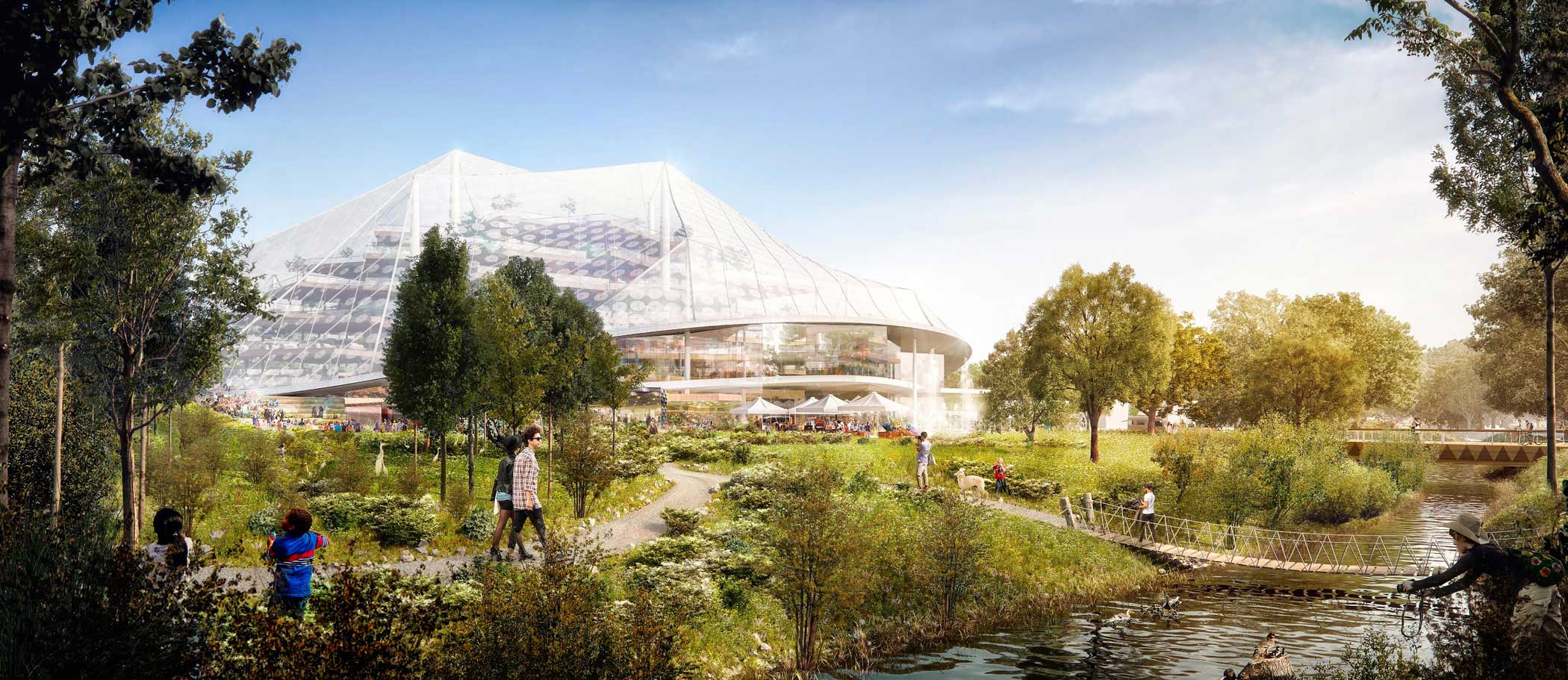


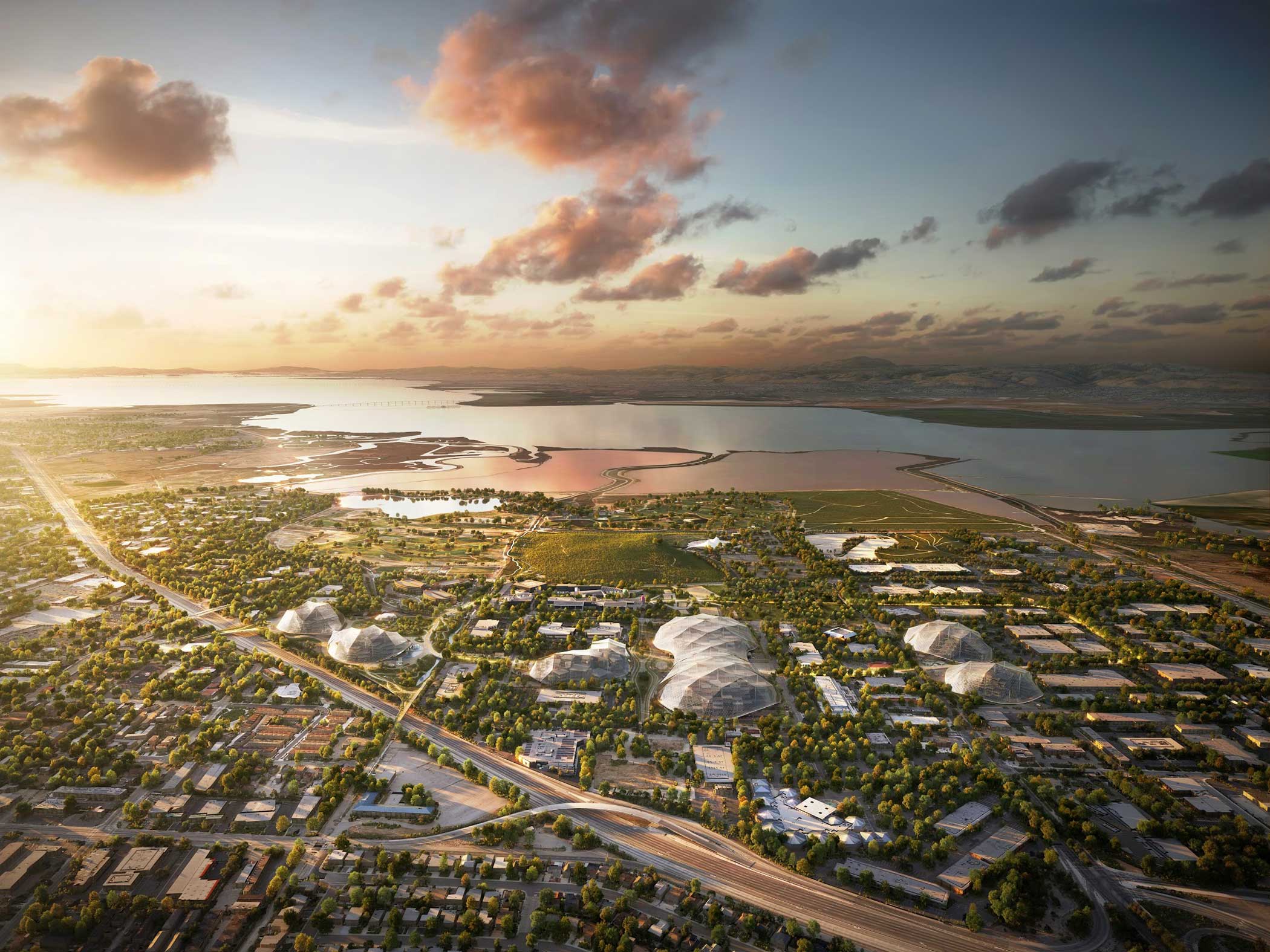

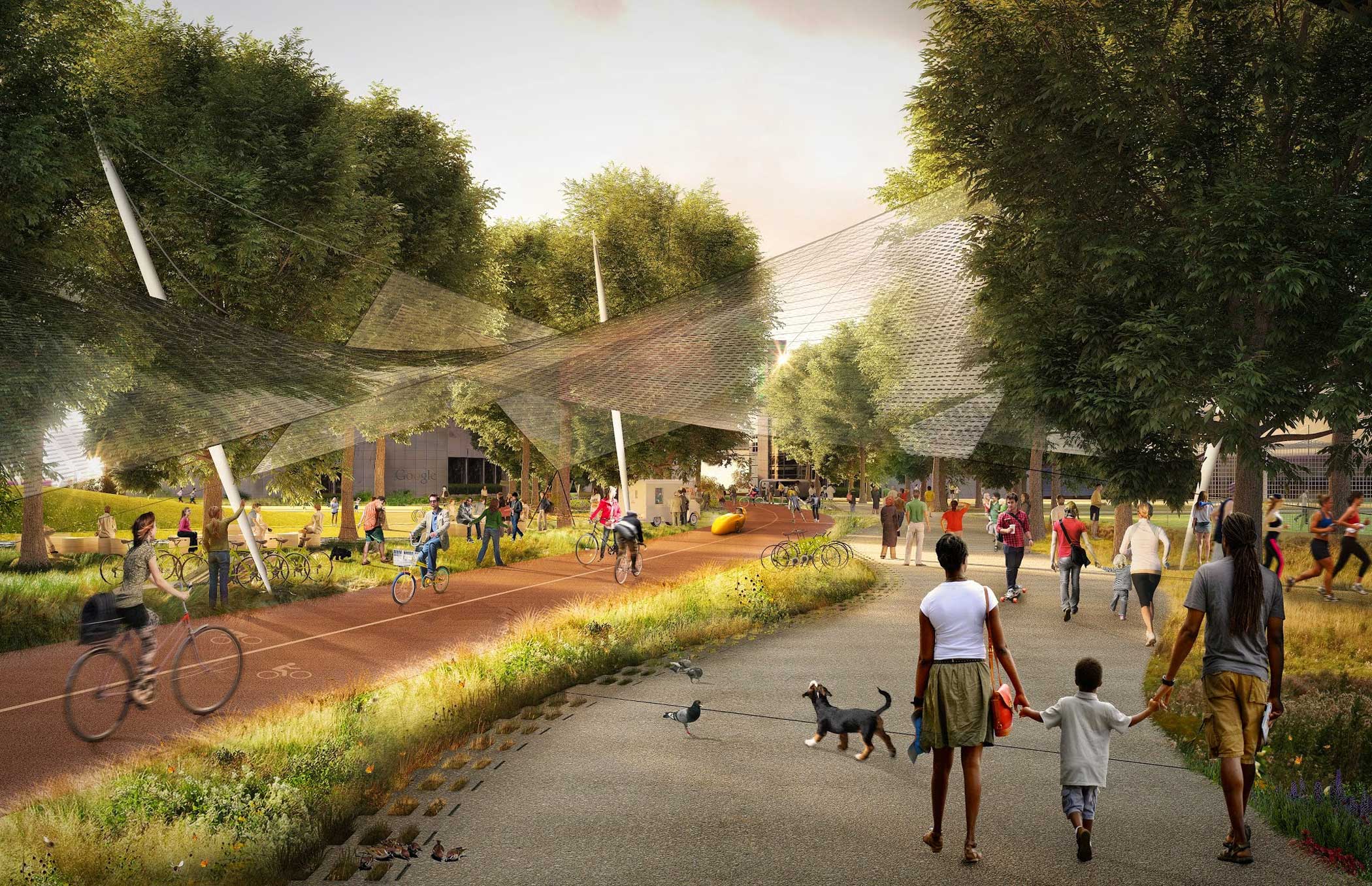

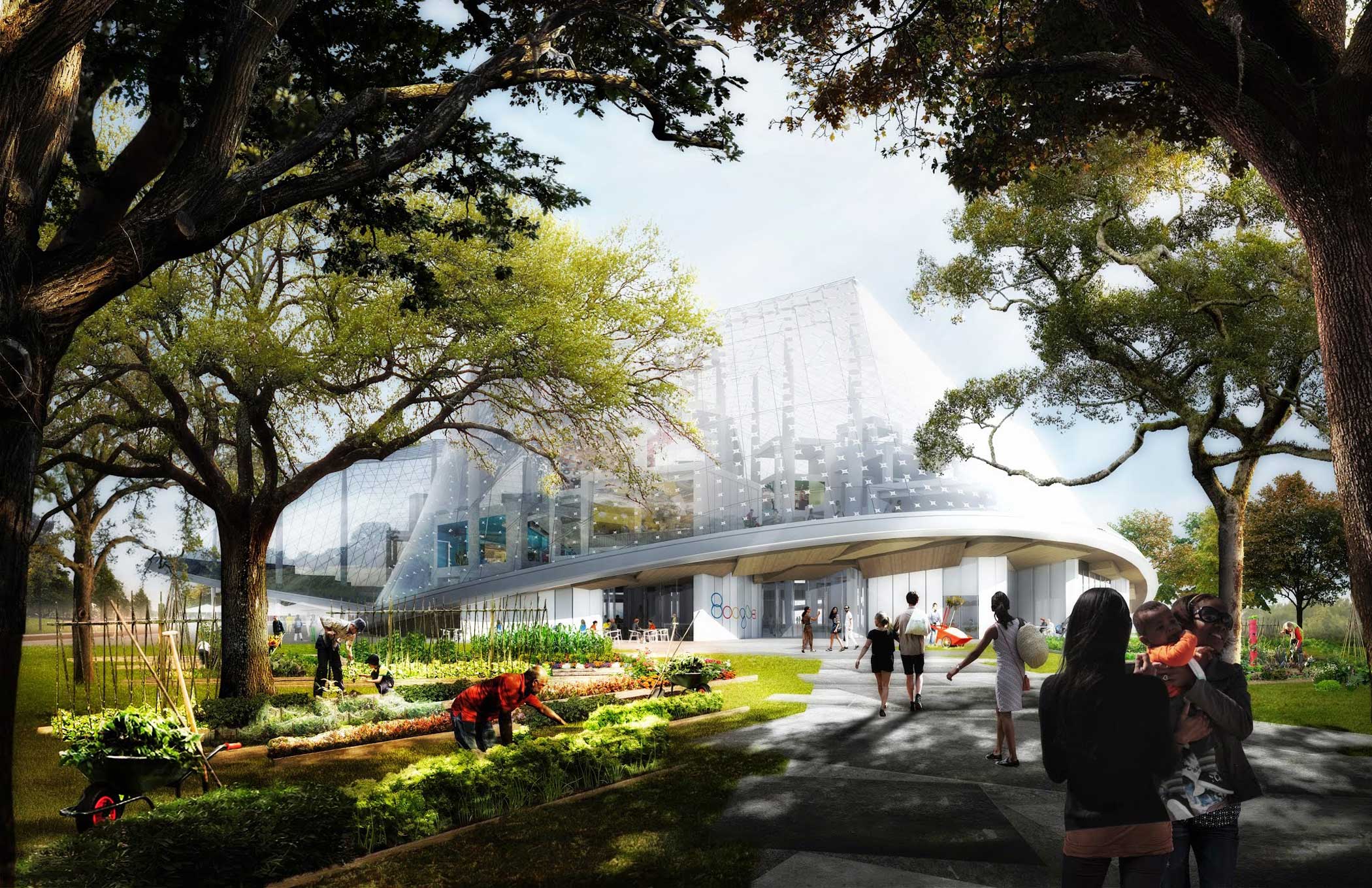
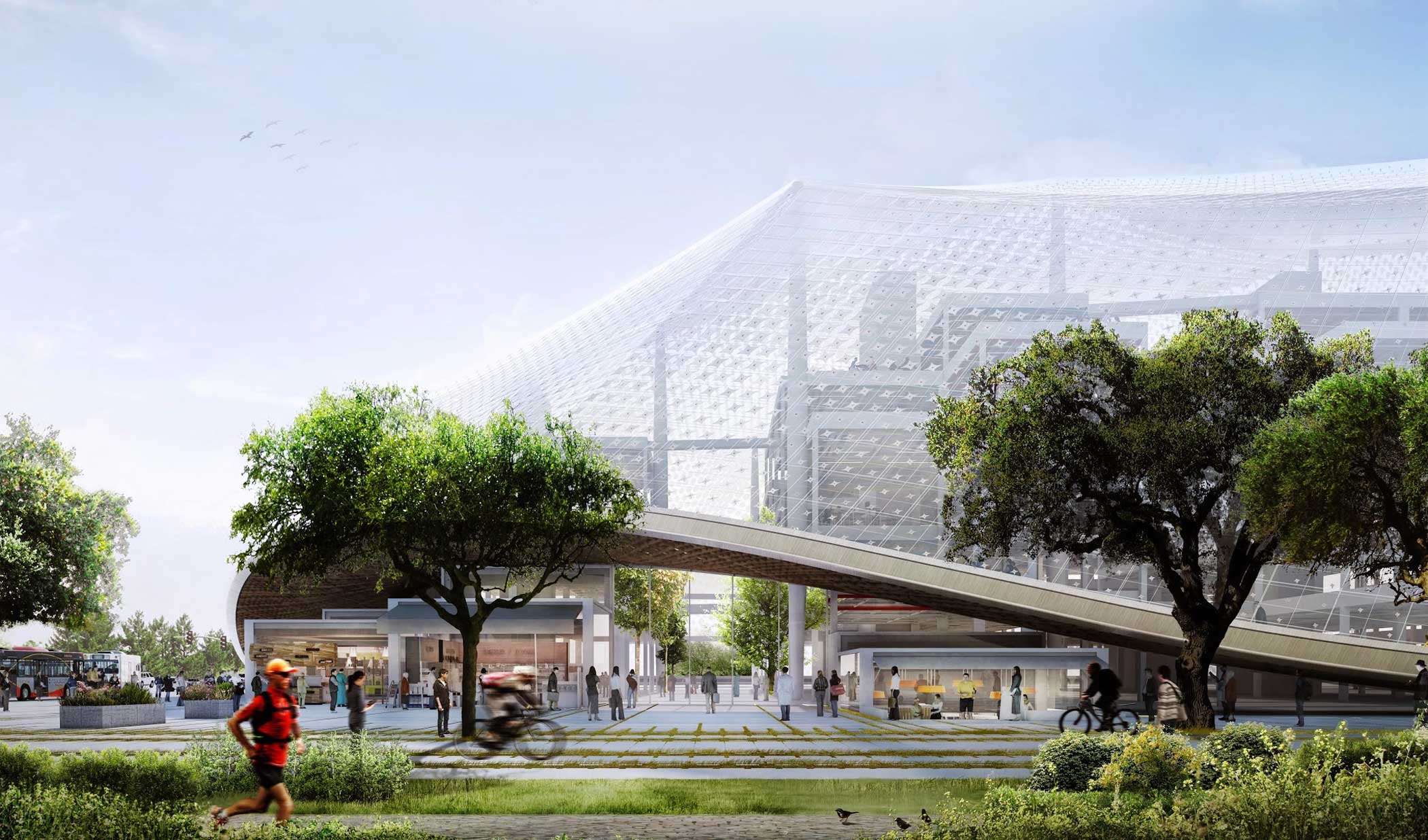
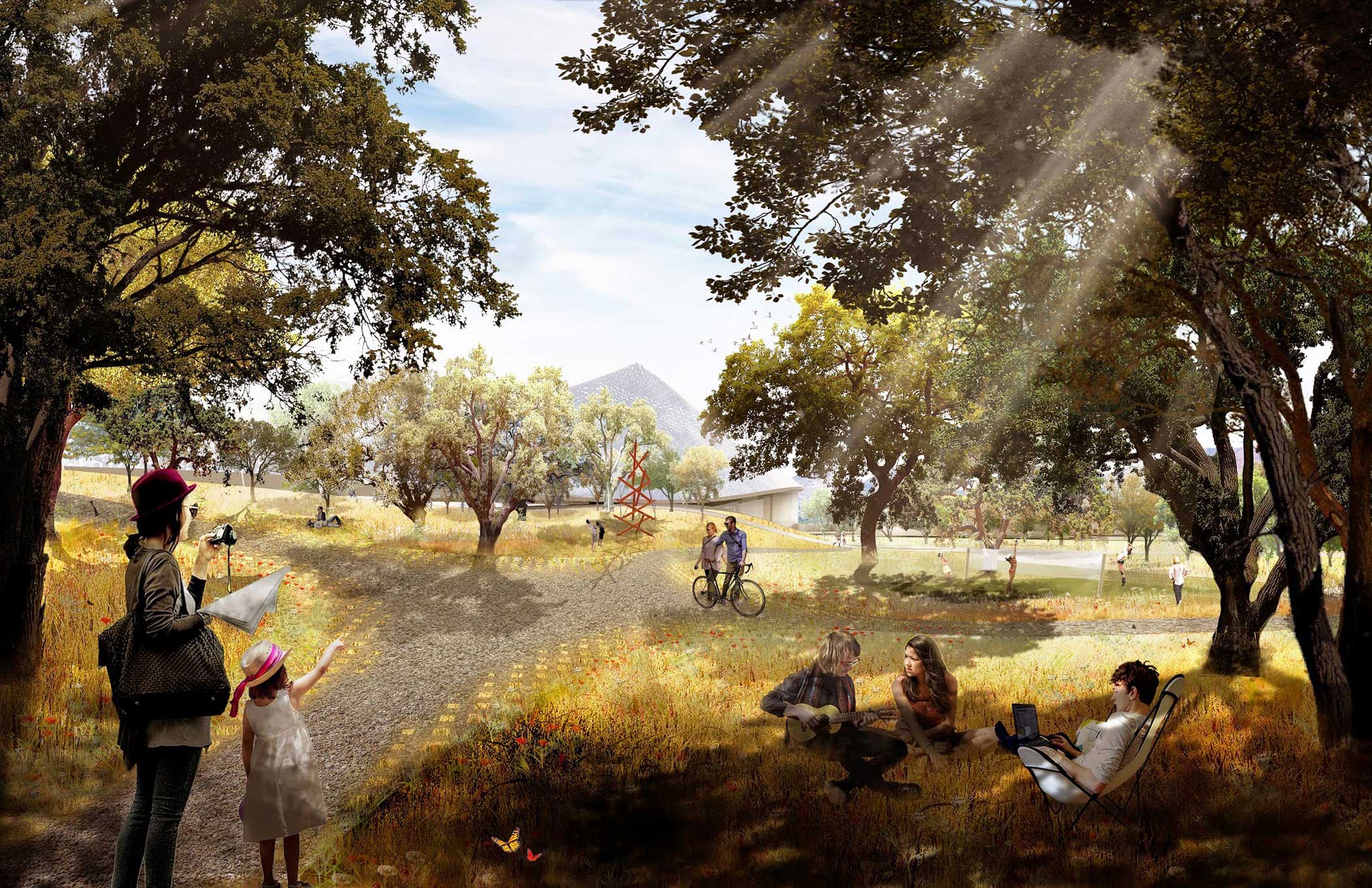
More Must-Reads From TIME
- The 100 Most Influential People of 2024
- The Revolution of Yulia Navalnaya
- 6 Compliments That Land Every Time
- What's the Deal With the Bitcoin Halving?
- If You're Dating Right Now , You're Brave: Column
- The AI That Could Heal a Divided Internet
- Fallout Is a Brilliant Model for the Future of Video Game Adaptations
- Want Weekly Recs on What to Watch, Read, and More? Sign Up for Worth Your Time
Contact us at letters@time.com